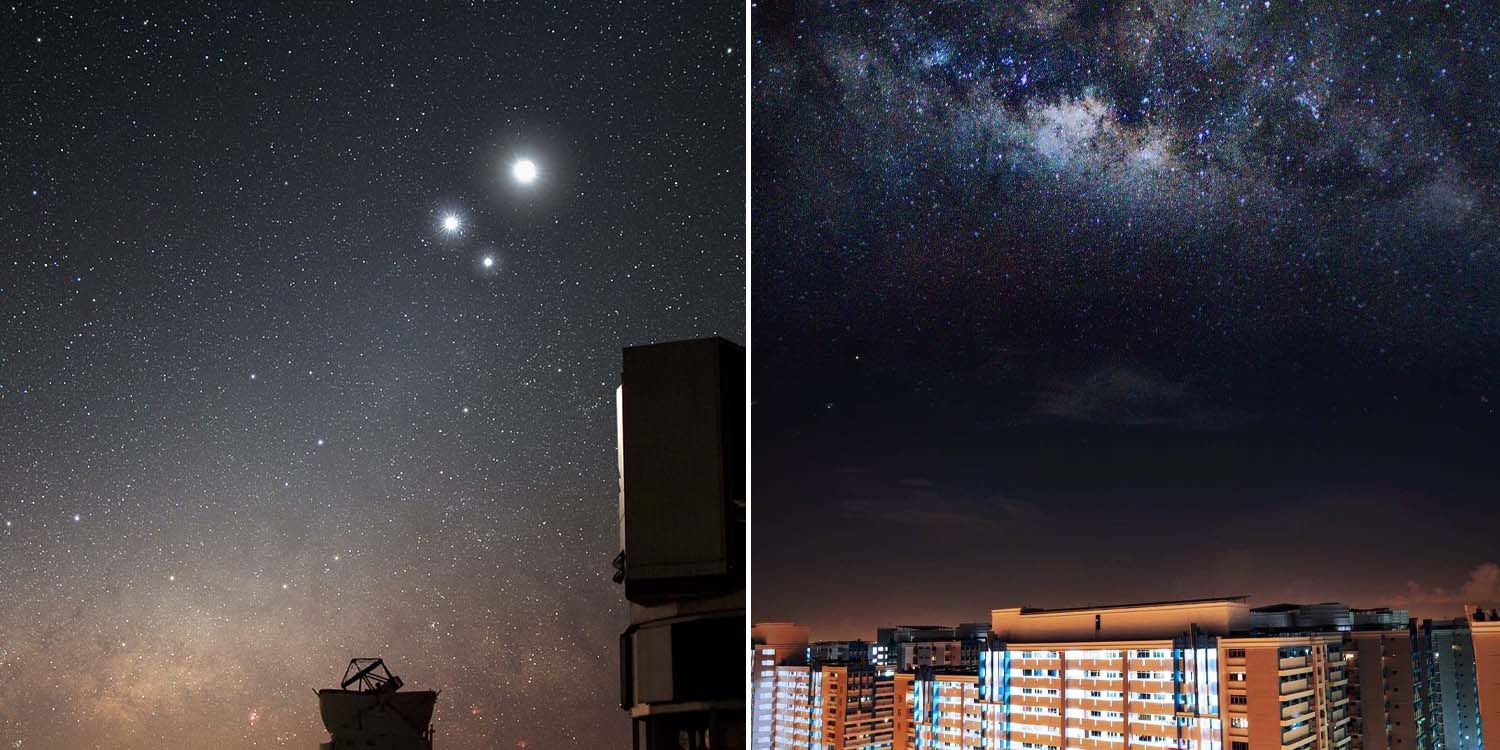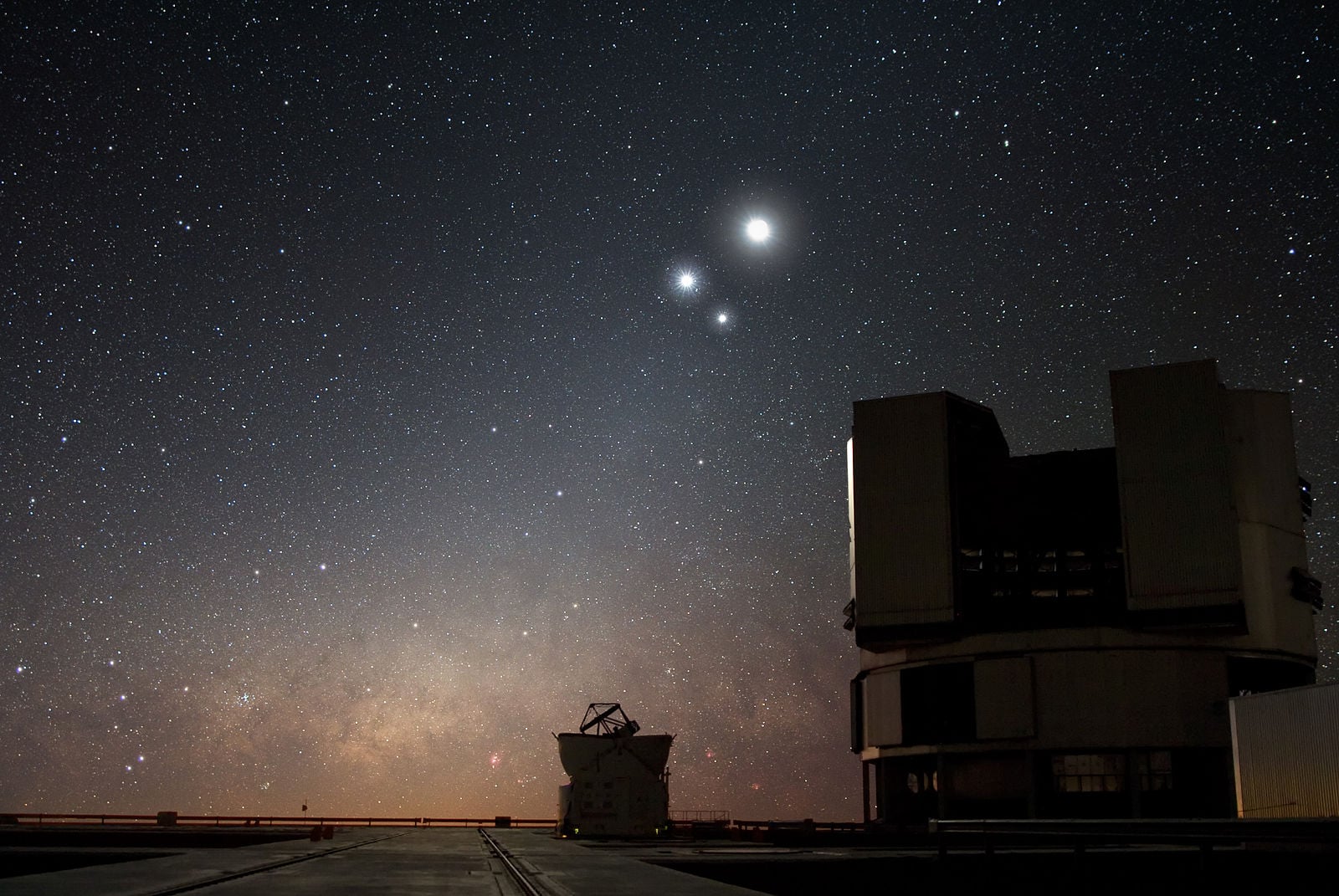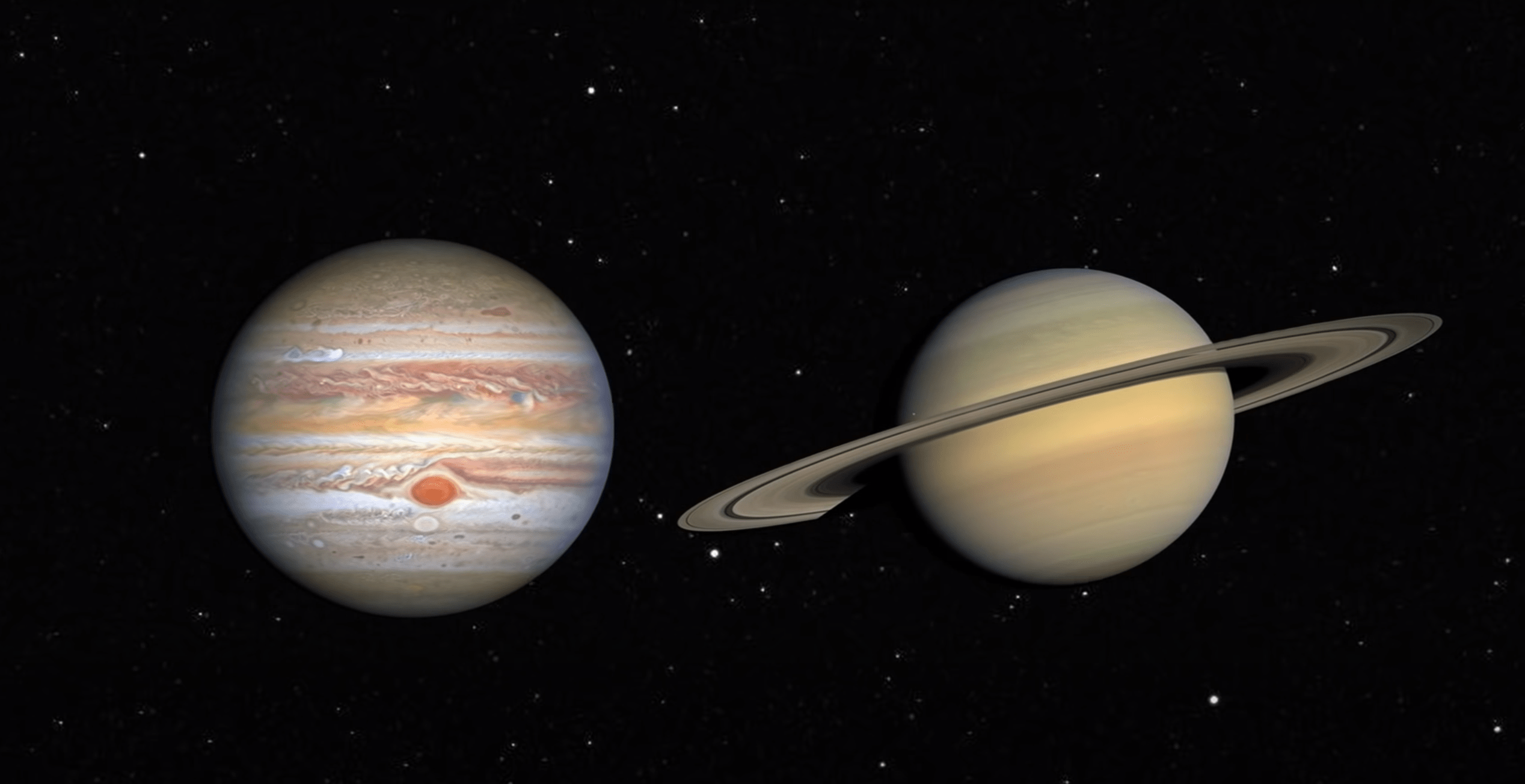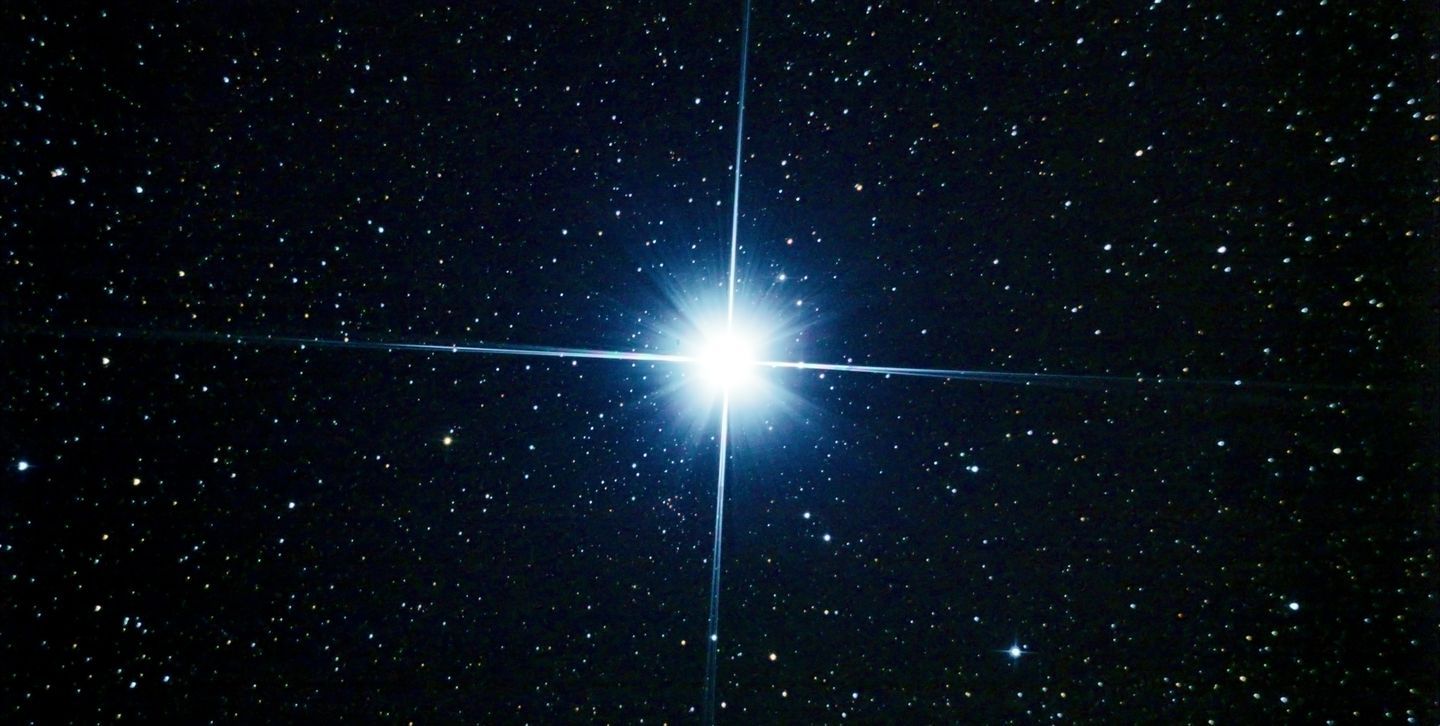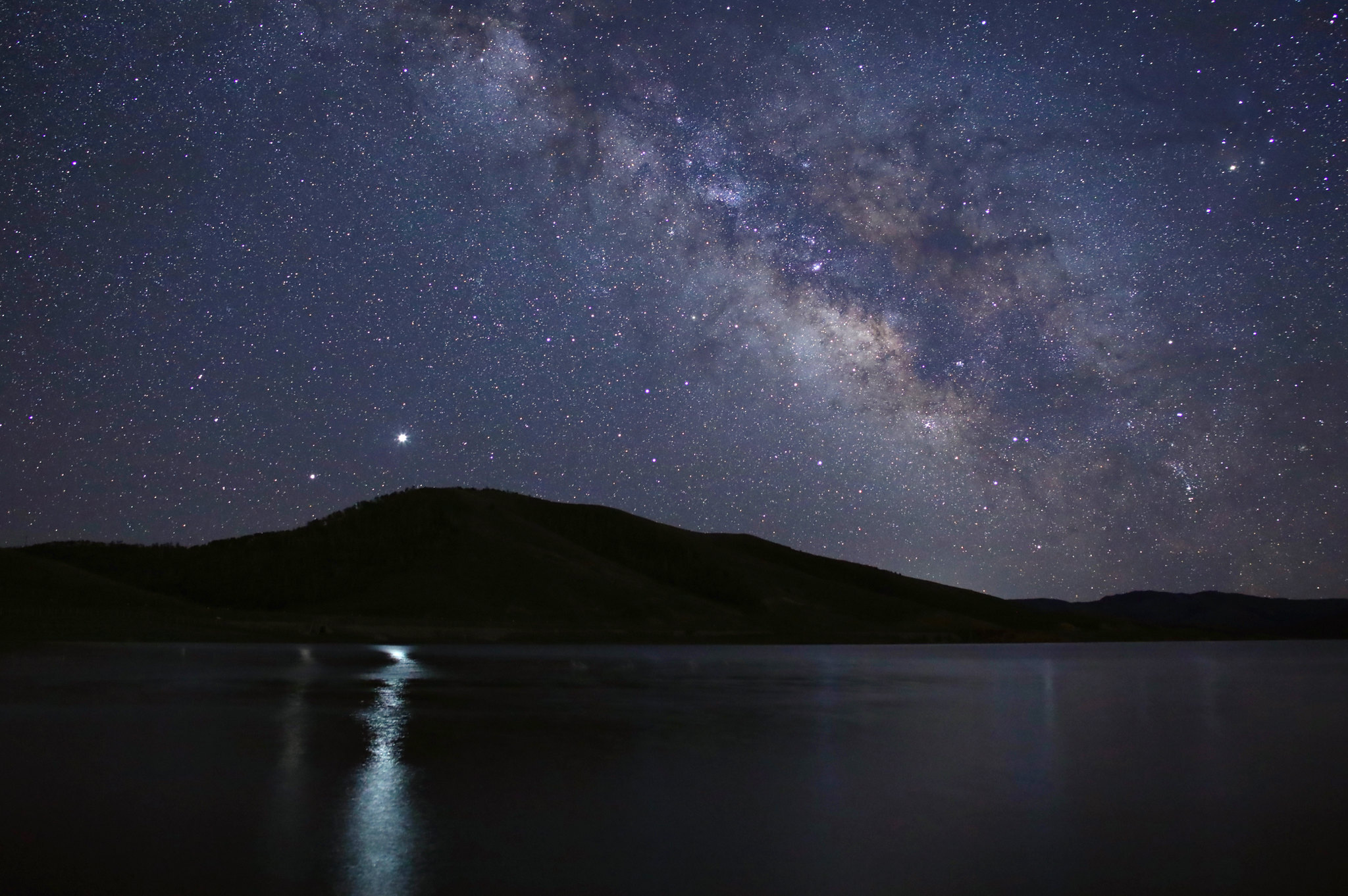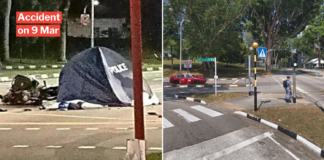The Great Conjunction Between Jupiter & Saturn Will Be Visible On 21 Dec Evening
While Singapore might not experience the cold, snowy winters like other countries, this year, we will get to see one thing — the Winter Solstice.
On 21 Dec, the night of the Winter Solstice, Jupiter and Saturn will align and ‘merge’ in our night skies.
This is the closest the 2 planets will appear in the last 4 centuries.
Come Monday (21 Dec), the 2 largest planets in our solar system will ’embrace’, just 0.1 degrees apart, creating a visible ‘double planet’ effect.
Jupiter & Saturn inching closer together in last few months
According to The Straits Times (ST), Jupiter and Saturn will seem as if they were merging in our skies on 21 Dec night.
In the last few months, the 2 planets have been courting one another, inching closer together in our skies.
Saturn is now slightly above and to the right of Jupiter, just 1 degree away.
On clear nights, the planets can be seen as white dots in the sky. Jupiter, which is nearer to earth will appear bigger and brighter.
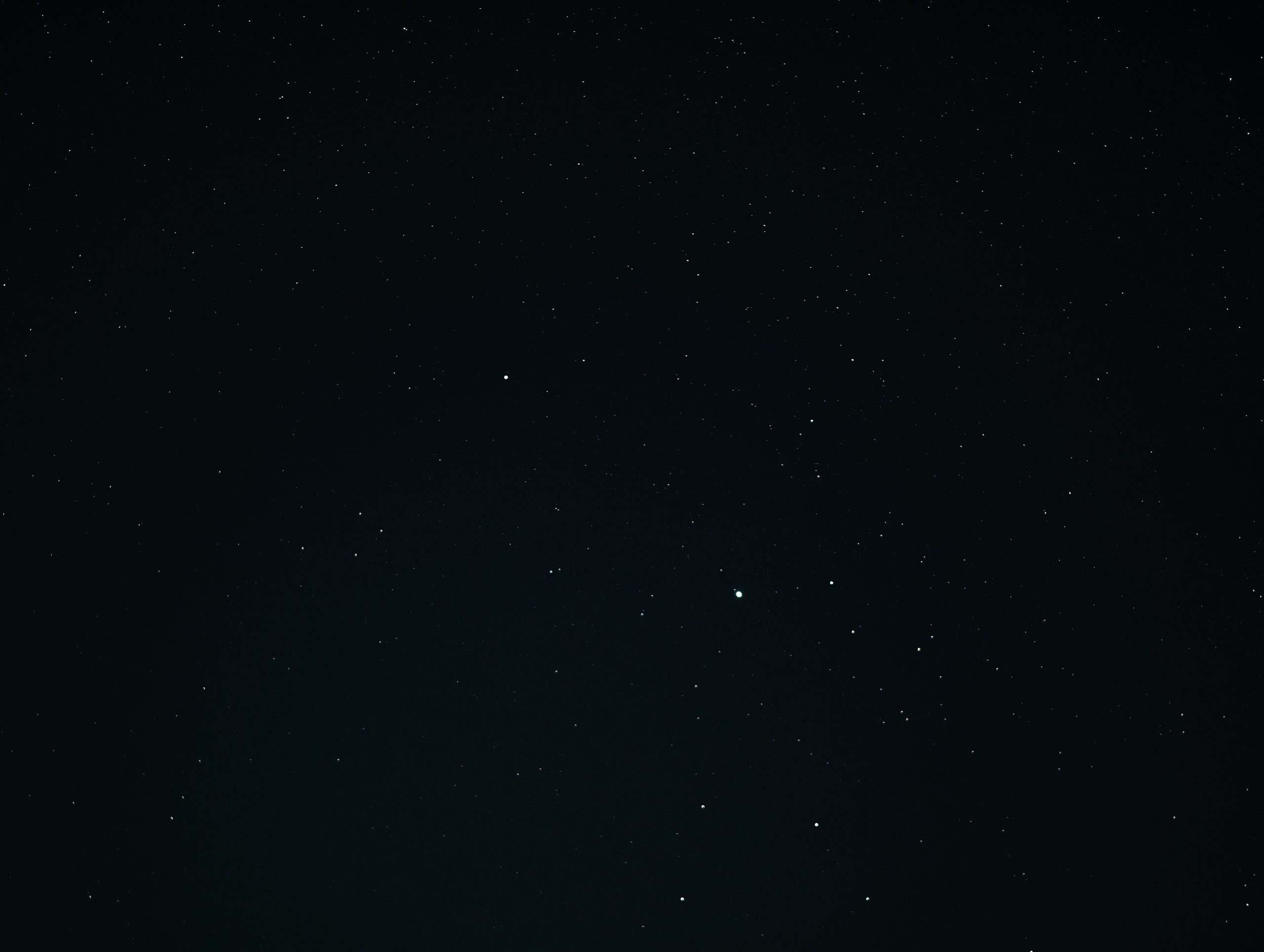 Saturn on the left, Jupiter on the lower right
Saturn on the left, Jupiter on the lower right
Source
As the 2 planets ‘meet’ on 21 Dec, they will form a brilliantly bright ‘double planet’ effect in the sky, reported Yahoo.
Astronomers have termed this spectacle ‘The Great Conjunction’.
And this year’s will be the closest the 2 planets have ever been since 1623, at just 0.1 degree apart.
It has even been dubbed ‘one of the greatest great conjunctions ‘between Jupiter and Saturn and will remain so till 2080, according to NASA.
Occurs every 20 years
Jupiter orbits the sun every 12 years while Saturn does so in 29 years. So these celestial bodies only cross paths with one another every 20 years, reported ST.
But what makes this year’s great conjunction unique is that the 2 planets’ orbits are tilted very closely with respect to each other when they align.
The last time the planets have been this close may have been in 1623 but in that year, the sun’s glare meant the phenomenon was not visible.
So, the last time someone bore witness to the phenomenon goes as far back as 1226, 800 years ago.
Ideal time to observe around 8pm on 21 Dec
While some have predicted the phenomenon will appear as a tipped-over snowman, others expect it to look like a great Christmas star.
The exciting part is that no one knows for certain how the 2 planets will look on 21 Dec. So why not try to get a look at it yourself?
You can see the planets on 21 Dec, 30 minutes after sunset up until around 8.45pm. They can be found in the western and south-western part of the sky.
The best time to observe it will be around 8pm.
According to ST, the great conjunction can be seen with the naked eye but using binoculars and telescopes will enhance the viewing experience.
With binoculars, a clearer gap between the 2 planets can be observed. Using a telescope, one will be able to see not just the 2 planets but their largest moons and even Saturn’s rings.
A rare celestial phenomenon to wrap up 2020
The best vantage points to catch this once-in-a-lifetime celestial phenomenon is at places with unobstructed views of the sky such as carpark and HDB rooftops or open fields.
If you want to get the best close up view, the Science Centre Observatory will also livestream the conjunction on their Facebook page, if weather permits.
As a challenging 2020 draws to a close, this rare celestial event seems the perfect gift to wrap up the year this holiday season.
So why not grab your loved ones to share this special time together?
Have news you must share? Get in touch with us via email at hello@mustsharenews.com.
Featured image adapted from Wikimedia Commons and Reddit.
